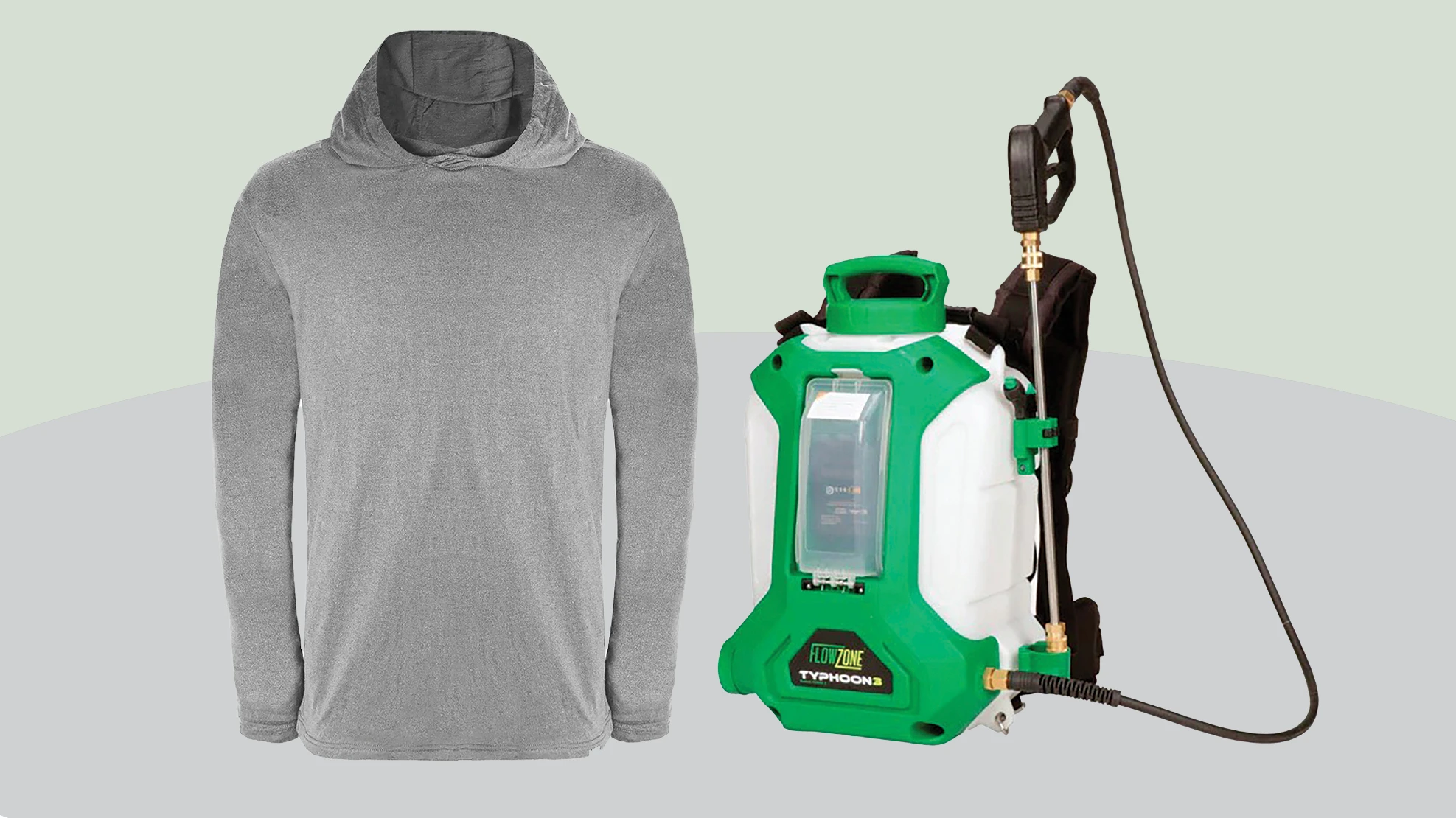
Greenhouse Management: Why is choosing the right growing media important?
Joe Craig: Growing media is the foundation for growing plants. Choosing the right growing media depends on what, where and how you’re growing.
So, what you’re growing is important for choosing a growing media. For example, starting young seeds or young cuttings typically requires a finer texture mix that can handle frequent, small irrigation doses, whereas mixes designed for floricultural crop production are typically coarse, so you can drive rapid growth with aggressive irrigation.
Second, where you’re growing is a major consideration. For an outdoor grower, I’ll suggest a heavier mix because of the climatic conditions — you don’t want your plants falling over outside under windy conditions, so having a heavier substrate prevents this. Additionally, an outdoor plant might experience excessive rainfall, so it’s important for the mix to provide ample drainage. With indoor growing, on the other hand, you may be growing under elevated temperatures, so you’ll want a mix that can handle frequent irrigation.
Finally, how you’re growing is important. For example, growers that practice aggressive or continuous irrigation techniques to drive yield should use a growing media that drains readily and provides ample aeration to avoid waterlogged or anaerobic soil conditions.
GM: How can quality substrate contribute to healthy plants?
JC: A quality substrate has the right physical, chemical and biological properties. Physical properties provide a balance of water and air. A mix that struggles to hold water can make the plant undergo unwanted drought stress. On the other hand, a mix that holds too much water may not allow the roots to properly respire, causing poor growth.
The chemical properties influence the nutrient availability that the plant can receive. One of two things I’d highlight with chemical properties is pH. Lower pH can cause excessive micronutrient availability that can negatively affect plant growth. So, you want to maintain a correct pH range to ensure proper nutrient availability. The other part of soil’s chemical properties is electrical conductivity (EC), which is a measurement of soluble salt. A poor mix will sometimes have excessive salts, which can be detrimental to plants, such as injuring young roots or preventing adequate water uptake, so you want the mix to contribute little or no salts, especially if applying your own fertilizer program to steer plant growth.
Finally, the biological properties of soil can help with nutrient conversion. For example, applying organic fertilizers typically requires microorganisms in the soil to transform these organic nutrients for plant uptake.
GM: What do growers need to know when upgrading their growing media?
JC: This really comes down to knowing what their target is and what they’re trying to achieve. We have a highly educated, quality technical sales and technical service team that can really help to guide our customers into the right mix for their operation. I would encourage any grower looking to upgrade or switch their growing media to talk to one of our highly qualified technical staff so they can say, ‘These are some recommendations that we would have for switching or upgrading your media.’

Explore the May 2022 Issue
Check out more from this issue and find your next story to read.
Latest from Greenhouse Management
- The Growth Industry Episode 3: Across the Pond with Neville Stein
- A nation of gardeners: A history of the British horticulture industry
- How Izel Native Plants is solving the native plant conundrum
- Trends: Proven Winners 2025 perennial survey shows strong demand
- Online registration opens for 2025 Farwest Show
- Cashing in with customization
- The Ball Seed Difference
- Lawsuit challenges new H-2 visa rules






